Tibet, often referred to as the “Roof of the World,” is not just famous for its breathtaking landscapes, ancient monasteries, and sacred sites, but also for its warm and resilient people. Meeting Tibetan people during Tibet tours offers an unparalleled opportunity to explore their unique way of life, deep-rooted spiritual traditions, and nomadic heritage. This article will take you on a journey to discover the rich culture, history, and daily lives of the Tibetan people, making your visit to Tibet a deeply immersive experience.
Who Are the Tibetan People?
Tibetans are an ethnic group native to the Tibetan Plateau, which includes the Tibet Autonomous Region of China, parts of Sichuan, Yunnan, Gansu, and Qinghai provinces, as well as neighboring regions in Nepal, Bhutan, and India. With a population of approximately six million, Tibetans have preserved their unique language, customs, and traditions despite the challenges of modernization and political changes.
The Tibetan people are primarily followers of Tibetan Buddhism, which influences every aspect of their lives. Their spiritual beliefs are evident in the prayer flags fluttering in the wind, the prayer wheels spun by devoted pilgrims, and the vibrant festivals celebrated throughout the year.
Meeting Tibetan People During Tibet Tours
For travelers looking to truly explore Tibetan people and their culture, interacting with locals is an essential part of the experience. Here are some of the best ways to engage with Tibetan communities during your Tibet tour:
1. Visiting Monasteries and Religious Sites
Tibetan Buddhism plays a central role in Tibetan society, and visiting the region’s famous monasteries is a great way to meet Tibetan people and learn about their spiritual lives. Key monasteries such as the Potala Palace, Jokhang Temple, Drepung Monastery, and Tashilhunpo Monastery are not just historical landmarks but active centers of worship and learning. You will see monks in deep meditation, chanting prayers, and debating Buddhist philosophy—a fascinating sight that gives insight into their daily lives.
Many monasteries welcome visitors to join prayer sessions or observe religious rituals. If you are lucky, you may have the chance to talk with a monk and gain deeper knowledge of Tibetan Buddhism and its profound impact on local life.
2. Experiencing Tibetan Nomadic Life
One of the most authentic ways to explore Tibetan people is by spending time with Tibetan nomads. The nomadic lifestyle has been a defining aspect of Tibetan culture for centuries, with herders moving across the high-altitude grasslands with their yaks and sheep.
Many Tibet tours offer homestays or camping experiences with Tibetan nomadic families. Here, visitors can participate in daily activities such as milking yaks, making butter tea, and cooking traditional Tibetan food. Sitting in a yak wool tent, sharing stories with a Tibetan family, and witnessing their strong connection with nature is an experience unlike any other.
3. Exploring Local Markets and Towns
Markets in Lhasa, Shigatse, and other Tibetan towns provide an excellent opportunity to meet Tibetan people and observe their daily commerce. Strolling through Barkhor Street in Lhasa, you will find vendors selling everything from prayer beads and thangka paintings to yak butter and traditional Tibetan clothing.
Engaging with Tibetan shopkeepers and artisans is a great way to learn about local craftsmanship and the significance of various cultural items. Many of these artisans have inherited their skills from generations of craftsmen and take pride in preserving their heritage.
4. Attending Tibetan Festivals
Tibetan festivals are vibrant celebrations of faith, culture, and community. If your Tibet tour coincides with a major festival, you will have the chance to see traditional Tibetan dances, music performances, and spiritual ceremonies.
Some of the most famous Tibetan festivals include:
- Losar (Tibetan New Year) – A time of family gatherings, feasts, and religious rituals.
- Saga Dawa Festival – Celebrating the birth, enlightenment, and passing of Buddha.
- Shoton Festival – Featuring grand Tibetan opera performances and the unveiling of giant Buddha thangka paintings.
- Horse Racing Festivals – Popular in nomadic regions, showcasing traditional Tibetan horsemanship.
During these festivals, you will witness the joyful spirit of the Tibetan people, their devotion to Buddhism, and their commitment to preserving their traditions.
Tibetan Cuisine: A Taste of the Plateau
Food plays an important role in Tibetan culture, and tasting local dishes is another way to explore Tibetan people and their lifestyle. Tibetan cuisine is influenced by the harsh climate of the plateau, emphasizing hearty, high-energy foods that provide warmth and nutrition.
Some must-try Tibetan dishes include:
- Tsampa – Roasted barley flour mixed with butter tea or yogurt, a staple of Tibetan diets.
- Butter Tea – Made from yak butter, salt, and tea leaves, this drink is essential for Tibetans living at high altitudes.
- Momos – Tibetan dumplings filled with meat or vegetables.
- Yak Meat – Often dried or cooked into stews, yak meat is a rich source of protein.
- Thukpa – A traditional Tibetan noodle soup served with meat and vegetables.
Tibetan tea houses are excellent places to meet Tibetan people and enjoy lively conversations while sipping butter tea.
Challenges and Resilience of Tibetan People
Despite their rich culture and spiritual strength, the Tibetan people have faced numerous challenges throughout history. Political and economic changes, environmental shifts, and modern influences have affected traditional ways of life. However, Tibetans remain resilient, adapting to new circumstances while striving to maintain their unique identity.
Today, many Tibetans are engaged in efforts to preserve their language, arts, and customs. Tibetan Buddhism continues to be a source of guidance and hope, while young Tibetans are finding ways to blend tradition with modernity, ensuring their culture remains vibrant for future generations.
Conclusion: A Meaningful Connection with Tibetan
A trip to Tibet is not just about visiting stunning landscapes and ancient monasteries—it is about meeting Tibetan people, understanding their way of life, and appreciating their rich traditions. Whether you are exploring bustling markets, staying with nomadic families, or witnessing the energy of a local festival, the warmth and hospitality of the Tibetan people will leave a lasting impression.
For those who wish to explore Tibetan people in depth, choosing a Tibet tour that prioritizes cultural interactions is key. Engaging with local guides, supporting Tibetan-owned businesses, and showing respect for their customs will make your journey more meaningful and rewarding.
Tibet is a land of wonder, spirituality, and resilience. Meeting Tibetan people and learning their stories will not only enhance your travels but also deepen your understanding of this extraordinary region and its remarkable inhabitants. So, pack your bags, embark on a Tibet tour, and let the magic of Tibetan culture unfold before you.

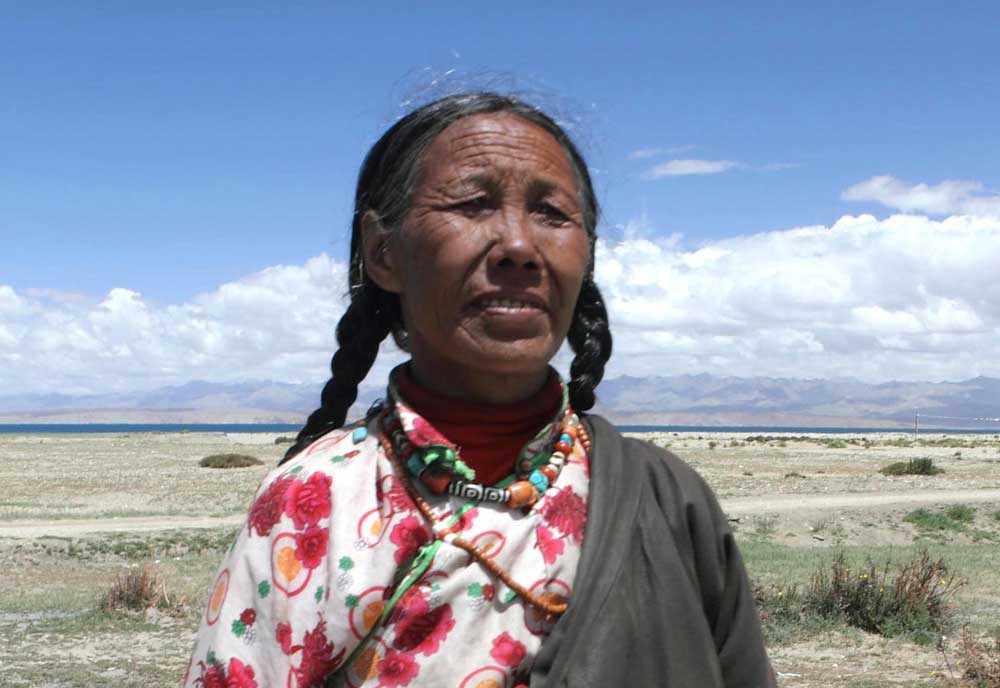
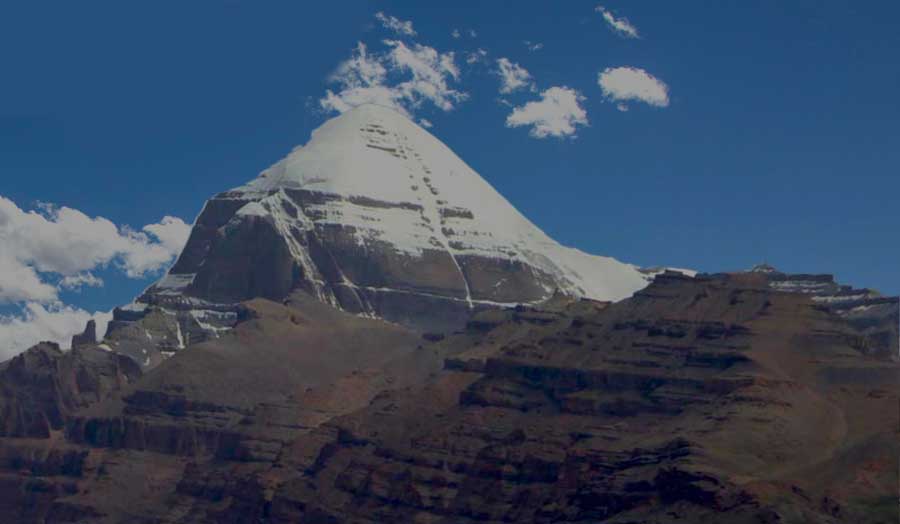
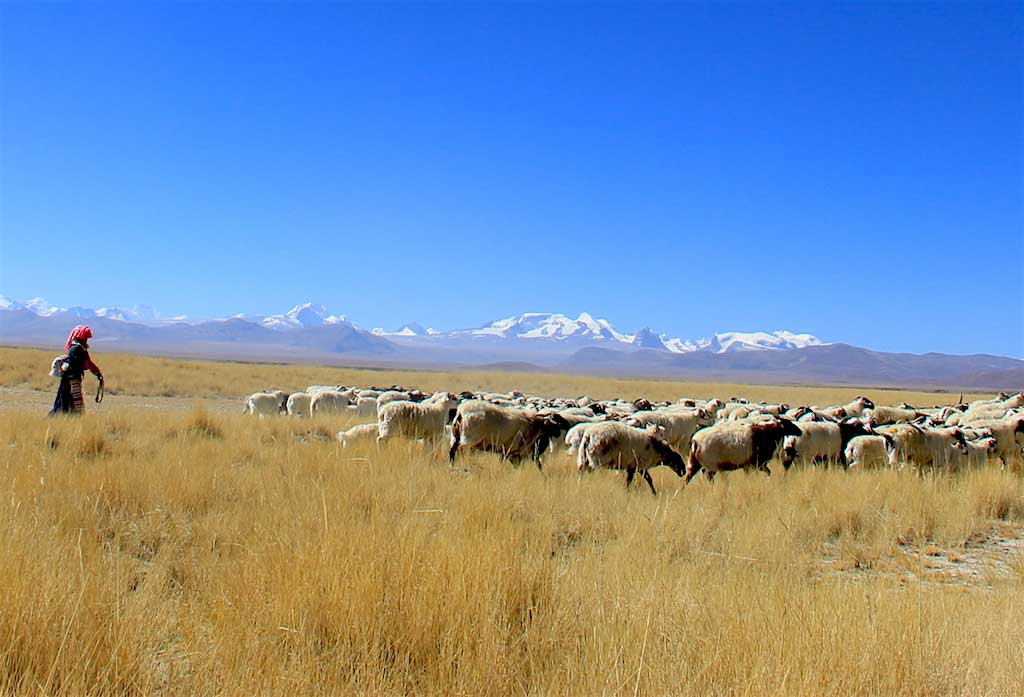
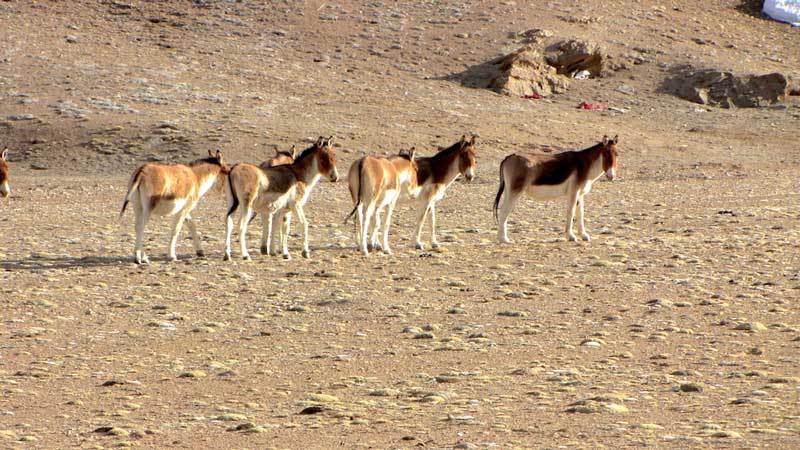
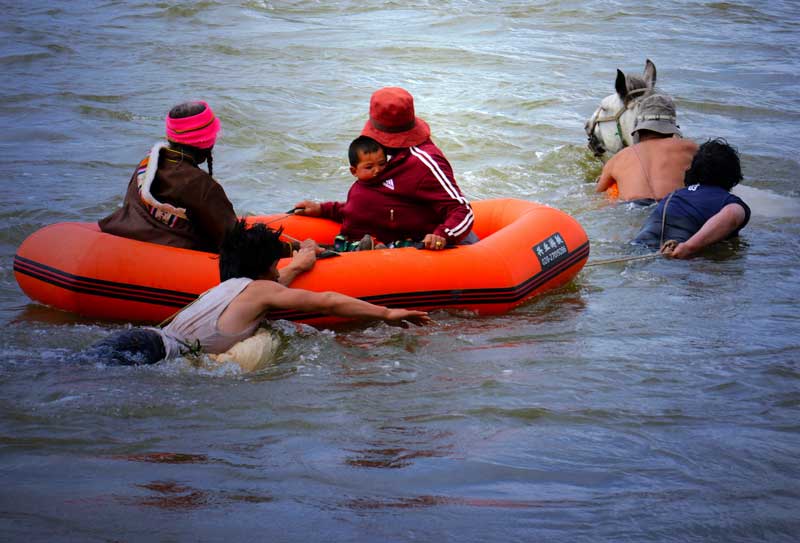

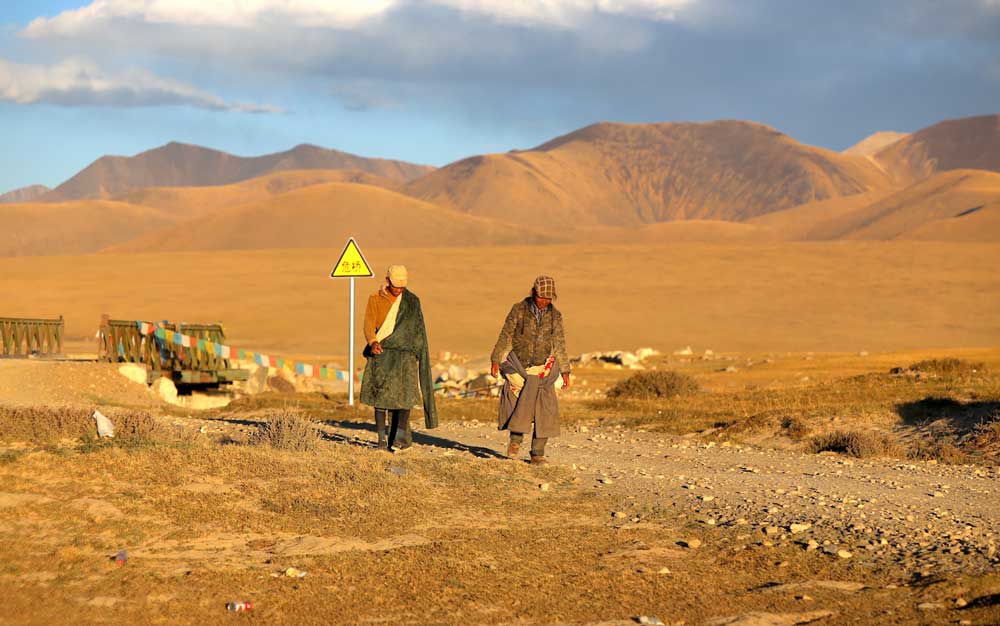
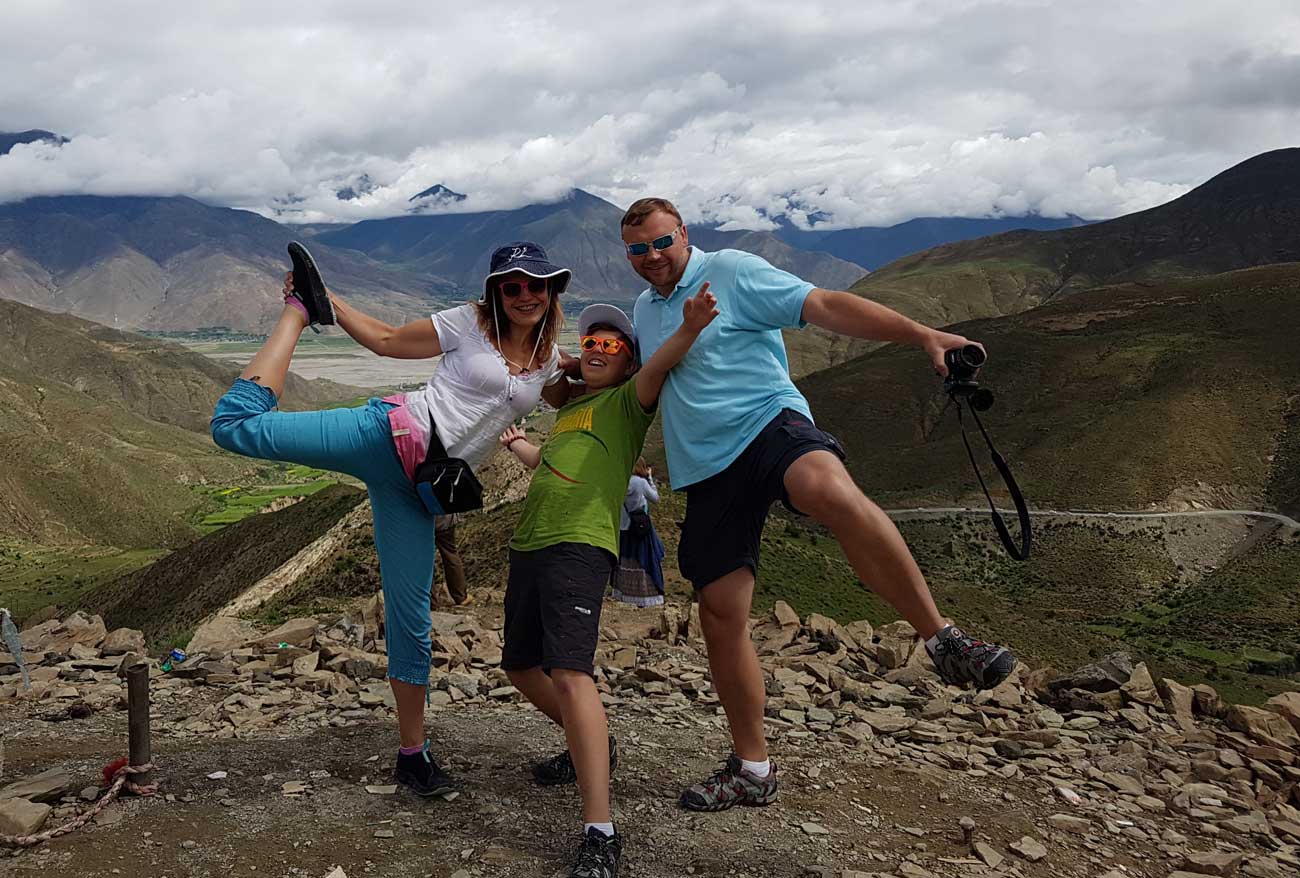


Comments are closed.